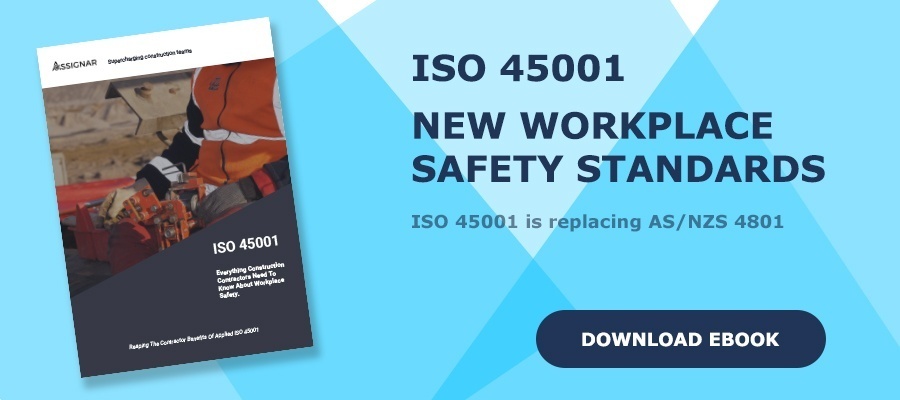Jobsite Safety – Tips For Fall Prevention and Fall Protection
In the construction industry, fall protection occupies a critical position in the importance of worksite safety. In fact, Occupational Safety and Health Administration regulations require that construction industry employers provide employee fall protection in all areas wherein the risk factor meets or exceeds six feet in elevation (US Department of Labor, OSHA, “Fall Protection“).
Common fall-related incidents involve overhead platforms, holes in floors, ladders and elevated workstations. And fall prevention is not difficult to achieve. Providing working conditions that are free of known dangers is often as simple as installing temporary toe-boards, safety lines and/or guardrails. Yet falls remain the number one cause of construction-related fatalities.
Perhaps this slack in safety is due to a lack of respect for low-scale elevations. Many workers, and contractors too, may consider 10 feet hardly worth the time for establishing serious fall protection defenses. Yet OSHA confirms that over half of all jobsite falls take place at heights that measure in at 10 feet or less. Furthermore, such seemingly short falls can result in serious injury or even near instant death.
The Assignar workforce and asset allocation and planning construction data management software provides digital control components specifically designed to simplify safety compliance, control and training. But we do understand that some contractors are merely seeking a better understanding of jobsite fall prevention and fall protection. Our website offers hundreds of free articles concerning construction industry operations, management, quality control and safety.
May the following tips help your company provide better employee fall prevention.
Construction Scenarios Wherein OSHA Requires Fall Protection
- Any floor hole sufficiently large enough to enable workers to accidentally fall
- Every elevated open-sided floor, platform, ramp or runway
- Any area wherein a worker can stumble of fall into a dangerous situation, regardless of height
- Hoist areas involving mechanical means for lifting workers above six feet
- Any leading edge of a deck, floor or roof that is subject to a shifting location
- Roofs, both steep and low sloped
- Evacuations
- Situations involving working with elevated machinery.
Use The Correct Construction Fall Protection Equipment Correctly
To prevent fall-related accidents, use the right equipment correctly engaged. Tools for the job include:
- A full body harness complete with vertical, retractable lifelines
- Installed toe-boards and railing or a full floor hole cover
- Safety nets
- Stair railings
- Handrails
- Trained workers
- Language-specific job hazard warning signs
- No cost to the workers personal protective fall prevention equipment
- Clean and stable work areas
- AND Access to real-time safety monitoring, reporting and confirmation software.






